Blue cheek dwarf cichlid - Apistogramma eunotus
Scientific name: Apistogramma eunotus
Common name: Blue cheek dwarf cichlid
Family: Cichlidae
Usual size in fish tanks: 5 - 6 cm (1.97 - 2.36 inch)
014
Recommended pH range: 6.8 - 7.5
Recommended water hardness: 5 - 19°N (89.29 - 339.29ppm)
0°C 32°F30°C 86°F
Recommended temperature range: 23 - 28 °C (73.4 - 82.4°F)
The way how these fish reproduce: Spawning
Where the species comes from: South America
Temperament to its own species: peaceful
Temperament toward other fish species: peaceful
Usual place in the tank: Middle levels
Short Description
The Blue Cheek Dwarf Cichlid (Apistogramma eunotus) is a small, peaceful cichlid from the Amazon River Basin. Known for its vibrant colors and fascinating behaviors, this species thrives in well-planted aquariums with stable water parameters. While they are generally peaceful, they can become territorial, especially during breeding. Maintaining clean, slightly acidic water with plenty of hiding spots ensures a stress-free environment for these delicate fish.
Food and Feeding
Blue Cheek Dwarf Cichlids thrive on a varied diet that mimics their natural feeding habits. They prefer live or frozen foods, such as:
- Daphnia
- Bloodworms
- Brine shrimp
- Microworms and small insect larvae
While they may accept high-quality flake food or small pellets, these should be offered occasionally rather than as a staple. A protein-rich diet ensures optimal health, coloration, and breeding success.
Tip: Feed them small portions 2-3 times daily to prevent overeating and maintain good water quality.
Origin and Natural Habitat
Native to South America, the Blue Cheek Dwarf Cichlid is primarily found in the Amazon River Basin, particularly in Peru and Brazil. They inhabit:
- Slow-moving tributaries and forest pools
- Shallow, warm waters with submerged roots and leaf litter
- Slightly acidic, tannin-rich environments
These conditions should be replicated in home aquariums to help them feel comfortable and reduce stress.
Sexing
Sexing Blue Cheek Dwarf Cichlids can be challenging in juveniles, but differences become more apparent as they mature:
- Males: Grow larger, display brighter colors, and develop longer dorsal and anal fins.
- Females: Are smaller, have less vibrant coloration, and may develop a yellowish hue during breeding.
Breeding
Breeding Apistogramma eunotus is relatively straightforward, especially if given the right conditions:
- Provide caves or dense vegetation for egg-laying.
- Maintain water temperature between 26 - 28°C (78 - 82°F) to encourage spawning.
- Use soft, slightly acidic water (pH 6.5 - 7.0) to replicate their natural habitat.
During spawning:
- The female lays eggs in a cave, under driftwood, or between plant roots.
- The male guards the territory, while the female tends to the eggs and fry.
- Eggs hatch in 2-3 days, and fry become free-swimming within a week.
- Feed fry newly hatched brine shrimp or powdered fry food for the best survival rate.
Tip: To increase fry survival, maintain stable water conditions and avoid keeping aggressive tank mates.
Lifespan
With optimal care, the lifespan of the Blue Cheek Dwarf Cichlid is 3 to 5 years. Some individuals may live longer in stable, well-maintained aquariums.
Tank Setup and Requirements
- Minimum Tank Size: 20 gallons (75 liters) for a pair
- Water Parameters:
- pH: 6.8 - 7.5
- Hardness: 5 - 19 dGH
- Temperature: 23 - 28°C (73 - 82°F)
- Filtration: Use a gentle filter (e.g., sponge filter) to avoid strong currents.
- Substrate: Fine sand or soft gravel to allow natural foraging.
- Decor: Add driftwood, caves, and live plants like Anubias and Java Fern for hiding places.
- Tank Mates: Best kept with small, peaceful species such as:
- Neon Tetras
- Ember Tetras
- Dwarf Corydoras
- Other Apistogramma species
Avoid: Large, aggressive fish that may stress or outcompete them for food.
Final Thoughts
The Blue Cheek Dwarf Cichlid (Apistogramma eunotus) is a stunning, relatively peaceful species that thrives in well-planted, stable aquariums. Their small size, fascinating behaviors, and breeding habits make them a rewarding choice for aquarists seeking a beautiful and manageable cichlid.
Picture
Bought by aqua-fish.net from jjphoto.dk.
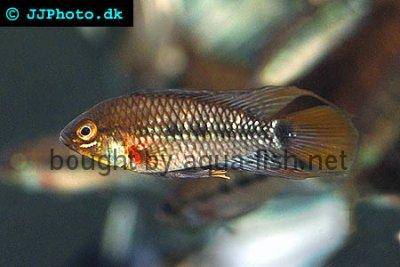

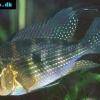 Thread-finned
Thread-finned 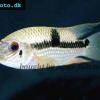 Acara
Acara 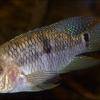 Yellow
Yellow 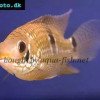 Patrick's
Patrick's 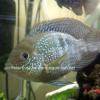 Blue
Blue 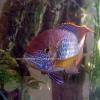 Green
Green 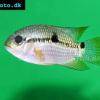 Acara
Acara 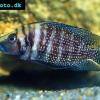 White
White 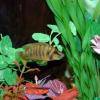 Compressed
Compressed 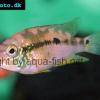 Pastel
Pastel 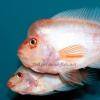 Midas
Midas 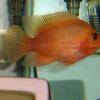 Red
Red 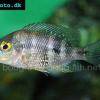 Bluemouth
Bluemouth 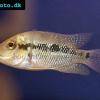 False
False 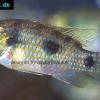 African
African 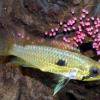 Agassiz's
Agassiz's 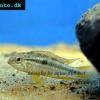 Banded
Banded 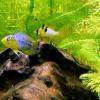 Yellow
Yellow 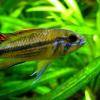 Cockatoo
Cockatoo 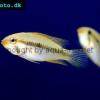 Blackstripe
Blackstripe 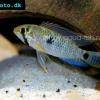 Highfin
Highfin 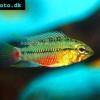 Redstripe
Redstripe 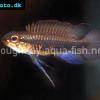 Threadfinned
Threadfinned 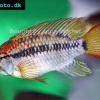 Macmaster’s
Macmaster’s 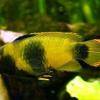 Panda
Panda 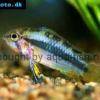 Norbert’s
Norbert’s 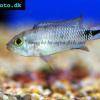 Blue
Blue 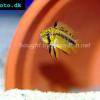 Thin-line
Thin-line 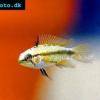 Three-striped
Three-striped 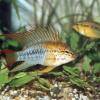 Viejita
Viejita 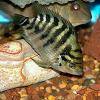 Flier
Flier 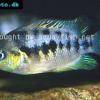 Archocentrus
Archocentrus 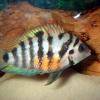 Convict
Convict 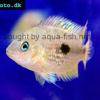 Seven
Seven 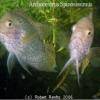 Spiny
Spiny 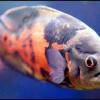 Oscar
Oscar 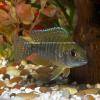 Sunshine
Sunshine 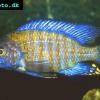 Chitande
Chitande 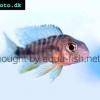 Firebird
Firebird 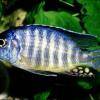 Midnight
Midnight 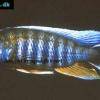 Lake
Lake 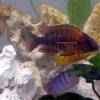 Sunshine
Sunshine 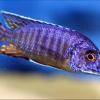 Aulonocara
Aulonocara 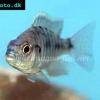 Nyasa
Nyasa 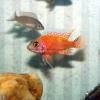 Ruby
Ruby 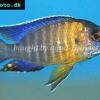 Grants
Grants 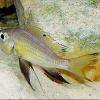 Aulonocranus
Aulonocranus 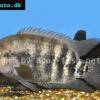 Chameleon
Chameleon 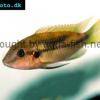 Benitochromis
Benitochromis 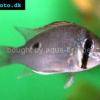 Orinoco
Orinoco 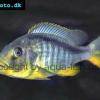 Yellow
Yellow 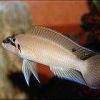 Brichard’s
Brichard’s 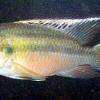 Guenther’s
Guenther’s 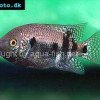 Southern
Southern 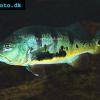 Cichla
Cichla 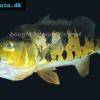 Peacock
Peacock 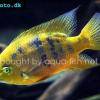 Chiseltooth
Chiseltooth 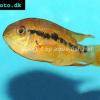 Bolivian
Bolivian 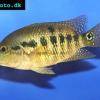 Red
Red 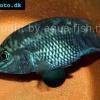 Many-pointed
Many-pointed 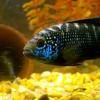 Jack
Jack 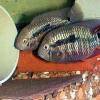 Red
Red 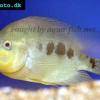 Three
Three 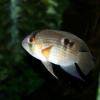 Keyhole
Keyhole 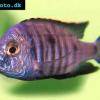 Azureus
Azureus 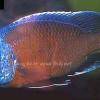 Red
Red 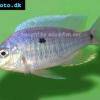 Jackson’s
Jackson’s 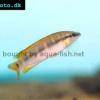 Crenicichla
Crenicichla 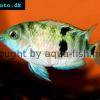 Honduran
Honduran 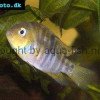 Blue-eye
Blue-eye 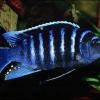 Afra
Afra 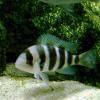 Frontosa
Frontosa 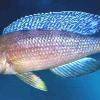 Slender
Slender 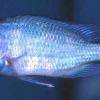 Malawi
Malawi 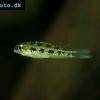 Chequerboard
Chequerboard 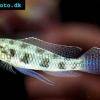 Checkerboard
Checkerboard 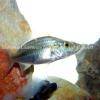 Malawi
Malawi 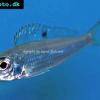 Ectodus
Ectodus 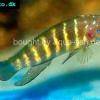 Tanganyika
Tanganyika 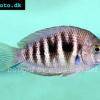 Canara
Canara 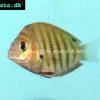 Green
Green 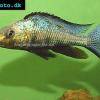 Rostratus
Rostratus 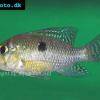 Pearl
Pearl 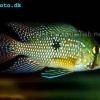 Geophagus
Geophagus 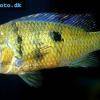 Yellowhump
Yellowhump 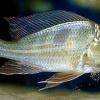 Suriname
Suriname 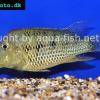 Redhump
Redhump 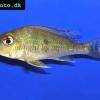 Red
Red 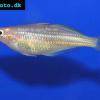 Dority’s
Dority’s 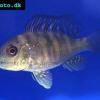 Argentine
Argentine 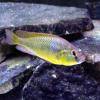 Burton’s
Burton’s 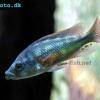 Victoria
Victoria 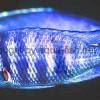 Haplochromis
Haplochromis 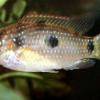 Jewel
Jewel 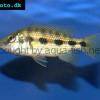 Banded
Banded 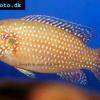 Lifalili
Lifalili 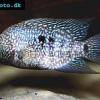 Lowland
Lowland 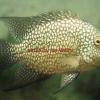 Texas
Texas 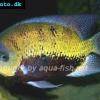 Pantano
Pantano 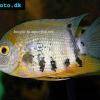 Severum
Severum 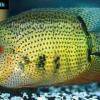 Banded
Banded 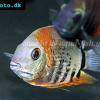 Severum
Severum 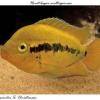 Rainbow
Rainbow 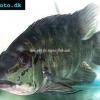 Parrot
Parrot 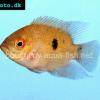 Chocolate
Chocolate 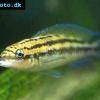 Brown
Brown 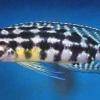 Marlieri
Marlieri 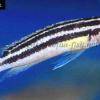 Golden
Golden 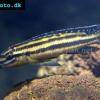 Striped
Striped 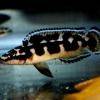 Masked
Masked 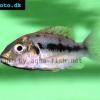 Konye
Konye 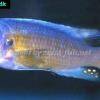 Blue
Blue 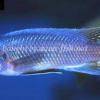 Trewavas
Trewavas 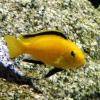 Electric
Electric 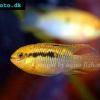 Dwarf
Dwarf 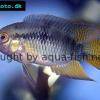 Redbreast
Redbreast 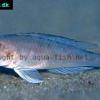 Lamprologus
Lamprologus 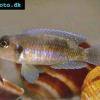 Gold
Gold 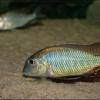 Greenface
Greenface 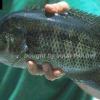 Mayan
Mayan 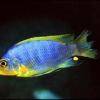 Aurora
Aurora 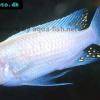 Blue
Blue 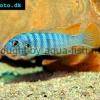 William’s
William’s 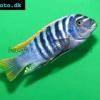 Zebra
Zebra 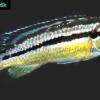 Malawi
Malawi 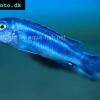 Blue
Blue 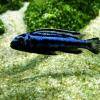 Blue
Blue 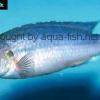 Mbuna
Mbuna 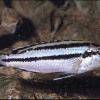 Parallel
Parallel 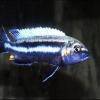 Purple
Purple 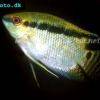 Flag
Flag 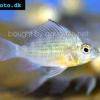 Bolivian
Bolivian 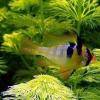 Ram
Ram 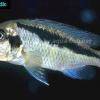 Basket
Basket 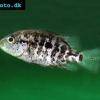 Haitian
Haitian 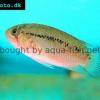 Zebra
Zebra 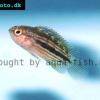 Striped
Striped 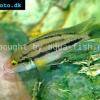 Neolamprologus
Neolamprologus 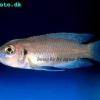 Brevis
Brevis 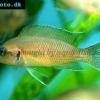 Fairy
Fairy 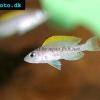 Neolamprologus
Neolamprologus 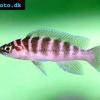 Cylindricus
Cylindricus 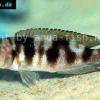 Hecq’s
Hecq’s 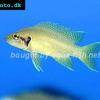 Neolamprologus
Neolamprologus 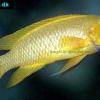 Lemon
Lemon 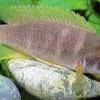 Mustax
Mustax 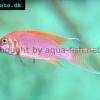 Daffodil
Daffodil 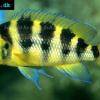 Six-bar
Six-bar 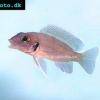 Five-bar
Five-bar 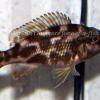 Marbled
Marbled 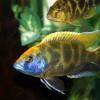 Giraffe
Giraffe 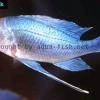 Blue
Blue 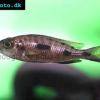 Sulphurhead
Sulphurhead 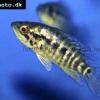 Wolf
Wolf 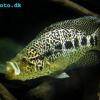 Jaguar
Jaguar 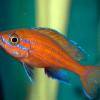 Blue
Blue 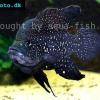 Marakeli
Marakeli 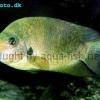 Madagascar
Madagascar 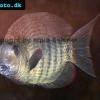 Pinstripe
Pinstripe 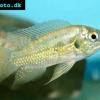 Pelmatochromis
Pelmatochromis 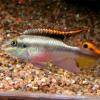 Kribensis
Kribensis 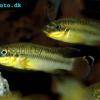 Striped
Striped 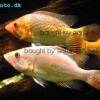 Red
Red 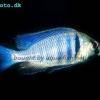 Deepwater
Deepwater 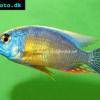 Fenestratus
Fenestratus 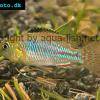 Nichols’
Nichols’ 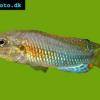 Southern
Southern 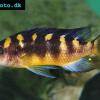 Bumble
Bumble 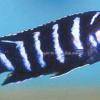 Demason’s
Demason’s 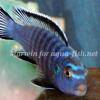 Slender
Slender 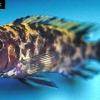 Red
Red 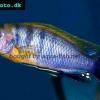 Mbuna
Mbuna 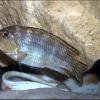 Malawi
Malawi 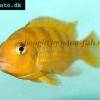 Kenyi
Kenyi 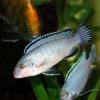 Powder
Powder 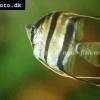 Altum
Altum 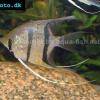 Angelfish
Angelfish 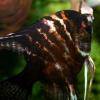 Angelfish
Angelfish 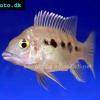 East
East 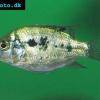 Juba
Juba 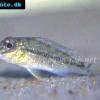 Earth
Earth 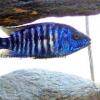 Electric
Electric 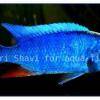 Azure
Azure 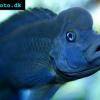 Lionhead
Lionhead 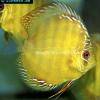 Discus
Discus 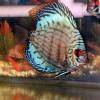 Blue
Blue 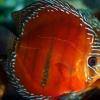 Red
Red 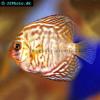 Zebra
Zebra 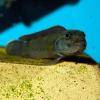 Brichard’s
Brichard’s 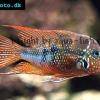 Blue
Blue 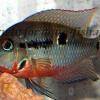 Firemouth
Firemouth 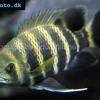 Zebra
Zebra 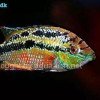 Yellow
Yellow 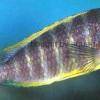 Blue
Blue 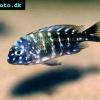 Dwarf
Dwarf 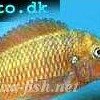 Blunthead
Blunthead 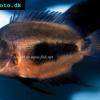 The
The 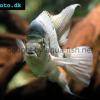 White
White 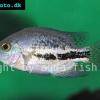 Twoband
Twoband 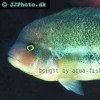 Fenestratus
Fenestratus 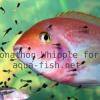 Window
Window 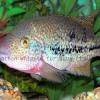 Tailbar
Tailbar 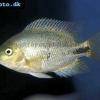 Black
Black 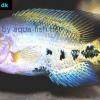 Redhead
Redhead 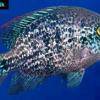 Oaxaca
Oaxaca 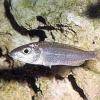 Xenotilapia
Xenotilapia